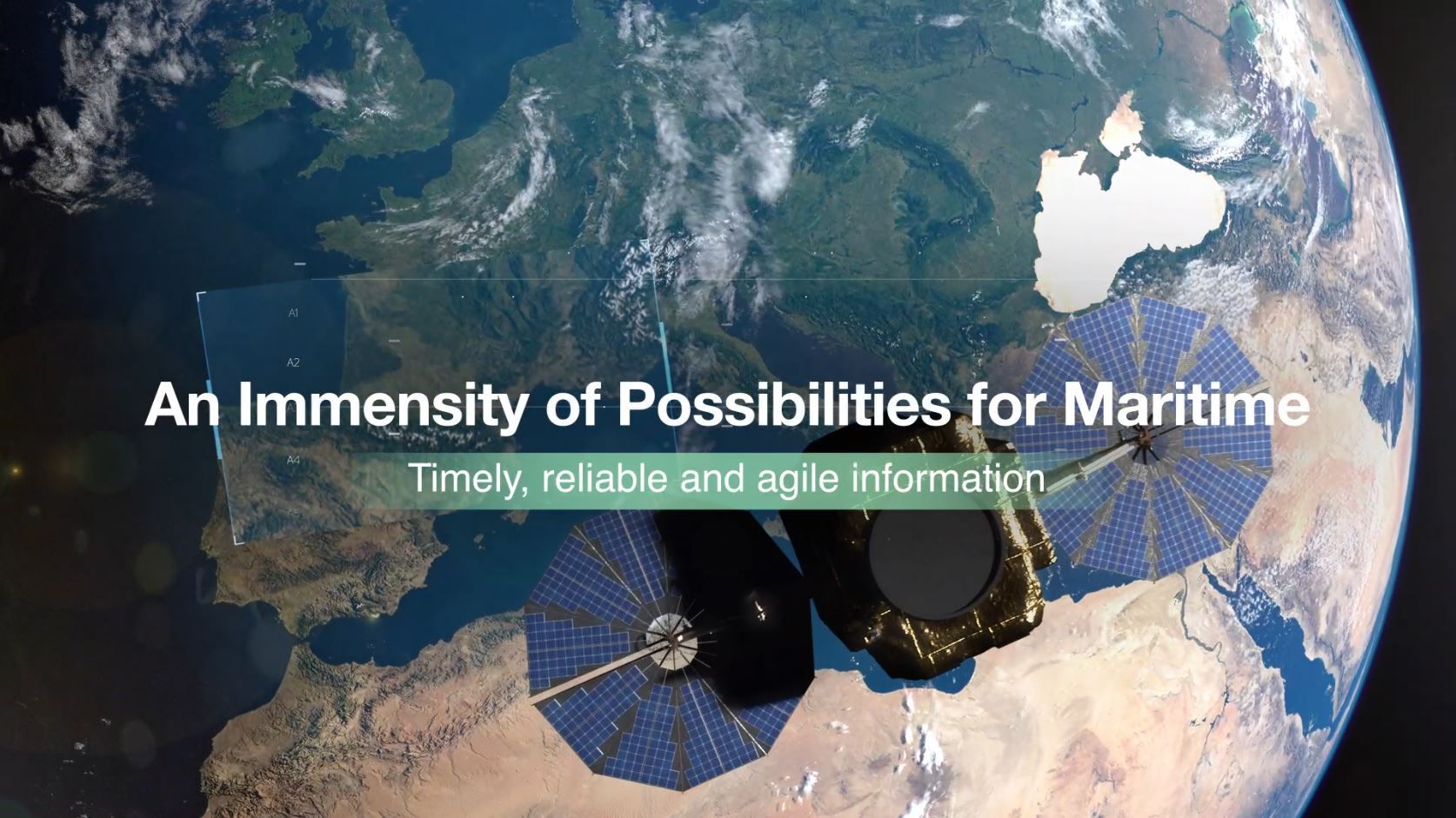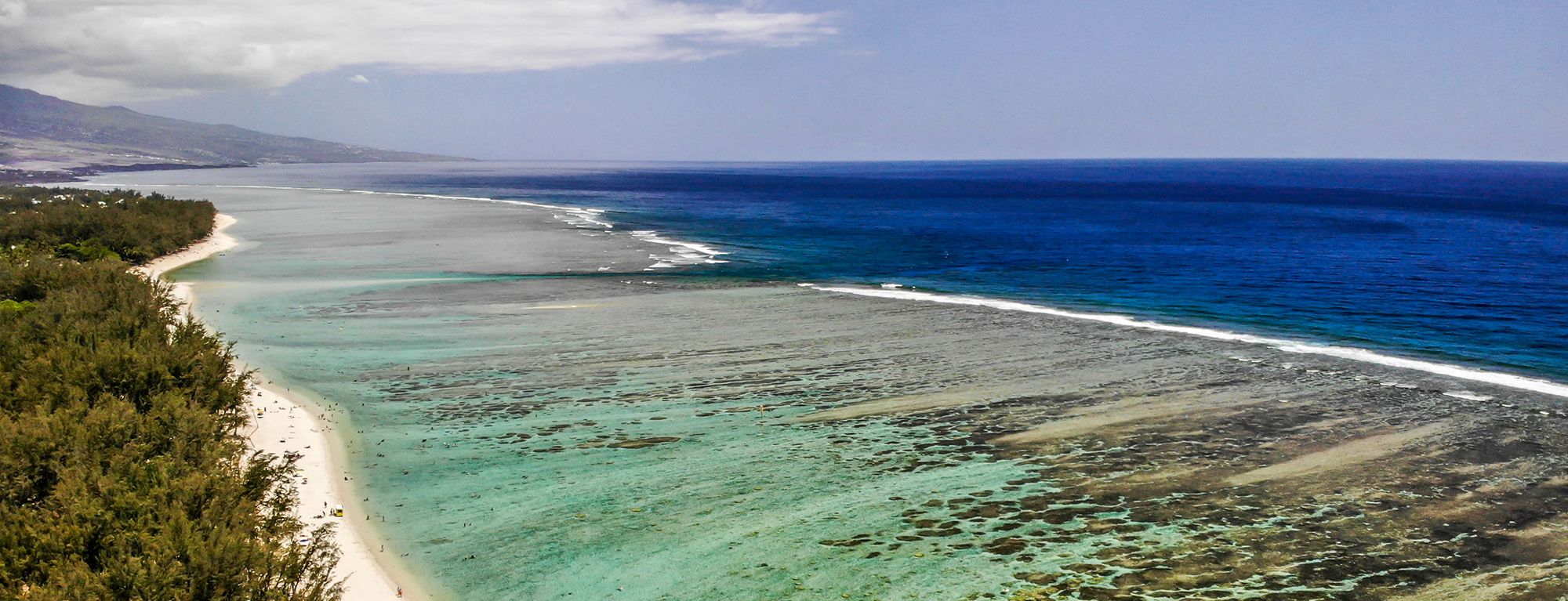
Home
Industries
Maritime
30cm satellite imagery Maritim...
Pléiades Neo for Maritime
Precise and accurate optical satellites with endless possibilities for the Maritime domain

Maritime security thanks to Pléiades Neo
1:00
Exploring the oceans and analysing the surface and partial depths in detail is now possible thanks to the 30cm resolution and deep blue band of Pléiades Neo.
Several challenges are present in the Maritime domain where sometimes flying a plane or drone is difficult when a large area needs to be captured at a high resolution.
The 30cm resolution of Pléiades Neo along with the 14km swath allows for users to collect over larger areas but still capture the detail needed for analysis.
Your advantages with Pléiades Neo in Maritime
Accuracy
Best-in-class ship detection, identification of ships and potential dark targets
Additional spectral bands
The deep blue band is key for detection under the water as well as identification of water turbidity, pollution
The high revisit capability is key to enhance AIS-RF-Imagery correlation and ensure fast delivery with high precision
Pléiades Neo: a new era for Maritime applications
With unparalleled resolution for precise ship identification and intricate detail, our solution also leverages the advanced deep blue band for superior bathymetric insights. Enhanced by the complementary sensors of the Airbus satellite constellation, we deliver cutting-edge information tailored to the needs of diverse maritime stakeholders.

Portsmouth Harbour - United Kingdom by Pléiades Neo
How Pléiades Neo can be used in Maritime?
- Anticipate: leverage the intelligence cycle—from detection and identification to classification and dissemination—to equip naval forces with advanced insights for superior operational effectiveness and strategic advantage.
- Protect: support coastal policy-making with precise data, detailed monitoring, and underwater mapping, and use best-in-class technology for ship detection and tracking of potential dark vessels.
- Optimise: ensure safe navigation in shallow and deep-sea waters, monitor the environmental impacts of dredging and other activities, and conduct thorough environmental surveillance, including water turbidity and pollution detection
By enabling precise navigation updates, effective hydrodynamic modelling, and simulation of coastal scenarios, Pléiades Neo equips Maritime stakeholders with advanced tools for superior operational efficiency, strategic planning, and environmental protection.
Who can Pléiades Neo support?

Port of Tanjung Priok in Jakarta - Indonesia by Pléiades Neo
Coast guard and Maritime security agencies
- Surveillance and patrolling: monitor coastal areas and combat illegal activities like smuggling and piracy
- Search and rescue: conduct maritime emergency operations
Port authorities
- Port management: oversee port activities, berth occupancy, and vessel traffic
- Security surveillance: ensure port security and regulatory compliance
Fishing industry and compliance
- Regulation monitoring: ensure compliance with fishing regulations and quotas
- Fishing zone monitoring: identify and track productive fishing areas for sustainable practices
Shipping and logistics
- Route optimisation: plan efficient shipping routes to avoid hazards and reduce fuel consumption
- Real-Time tracking: monitor vessels and cargo for improved logistics and safety
- Supply chain management: optimise logistics and track goods through maritime routes
Environmental and marine research
- Pollution and habitat monitoring: track marine pollution (oil spills, plastic waste) and map marine ecosystems.
- Environmental assessments: evaluate offshore activity impacts and study ocean currents, tides, and marine life.
- Climate change analysis: analyse the impact of climate change on marine environments.

Coral Reef - Reunion Island by Pléiades Neo
How does Pléiades Neo deep blue band support Maritime applications?
- Accurate water depth estimation: effectively penetrates the water column, enabling precise bathymetric mapping in shallow coastal areas.
- Enhanced water quality monitoring: detects variations in water colour to assess water quality and identify pollutants or sediments.
- Improved atmospheric correction: helps characterise atmospheric conditions at the time of acquisition, allowing for autonomous atmospheric correction and reliable data across various observational conditions.
Trusted by major actors of the industry
Browse our Maritime related case studies








